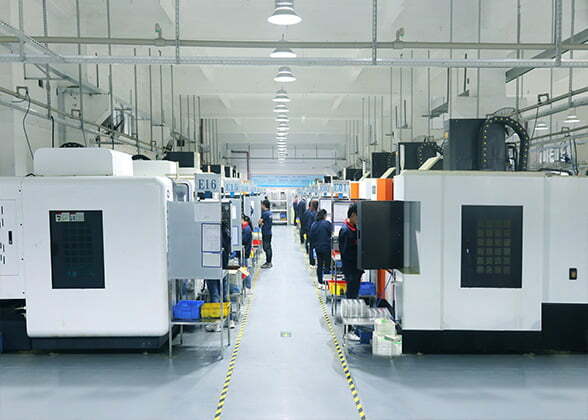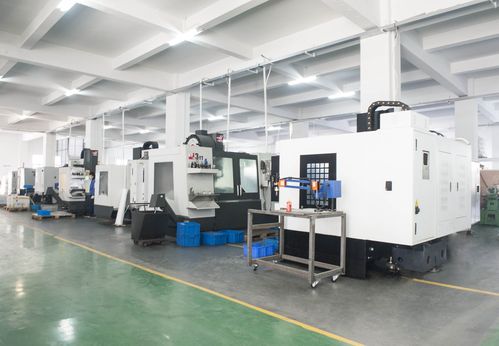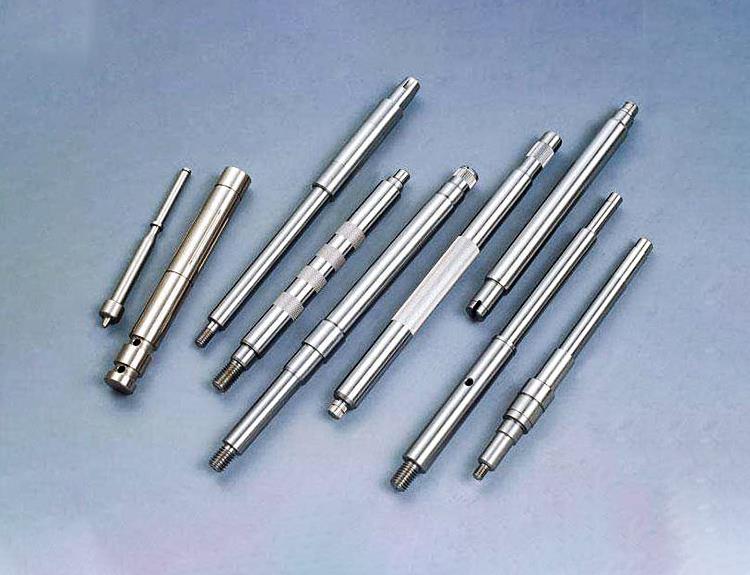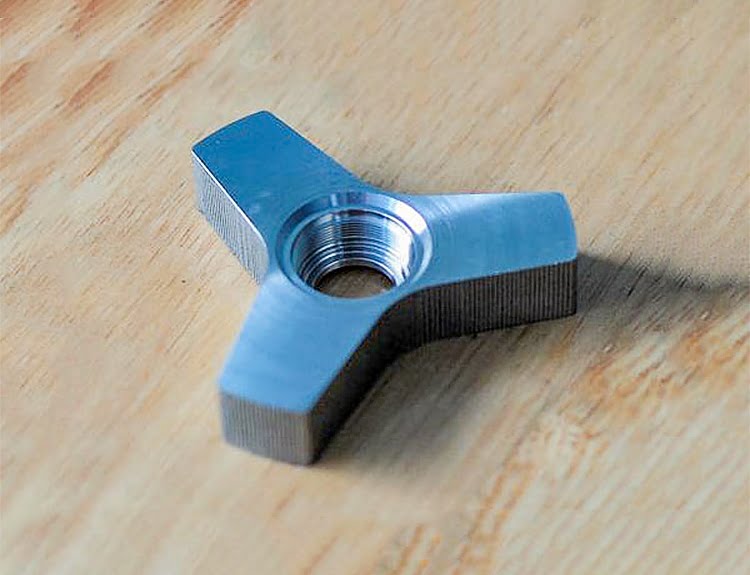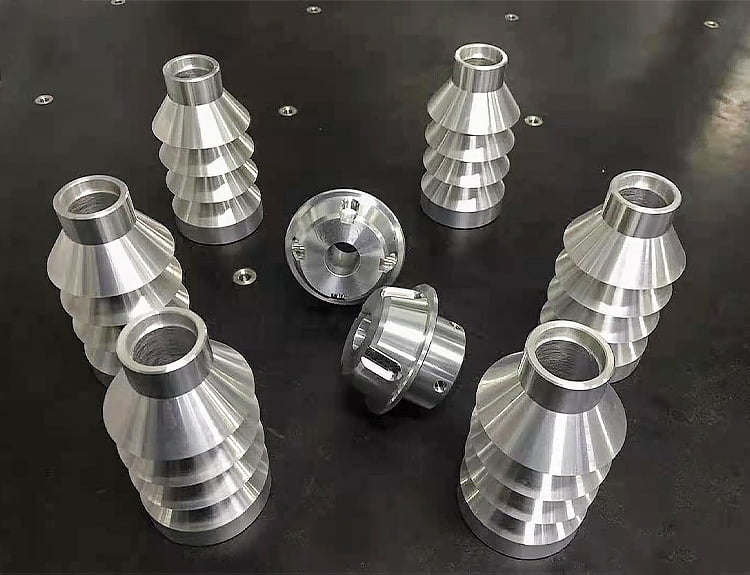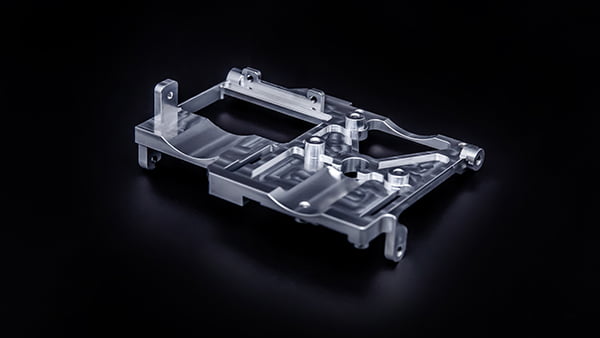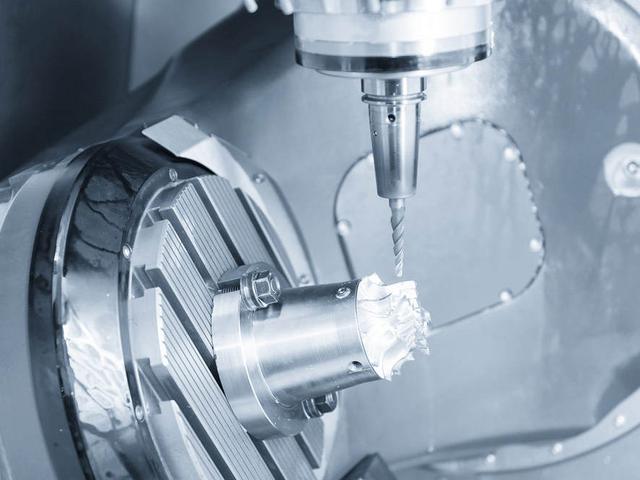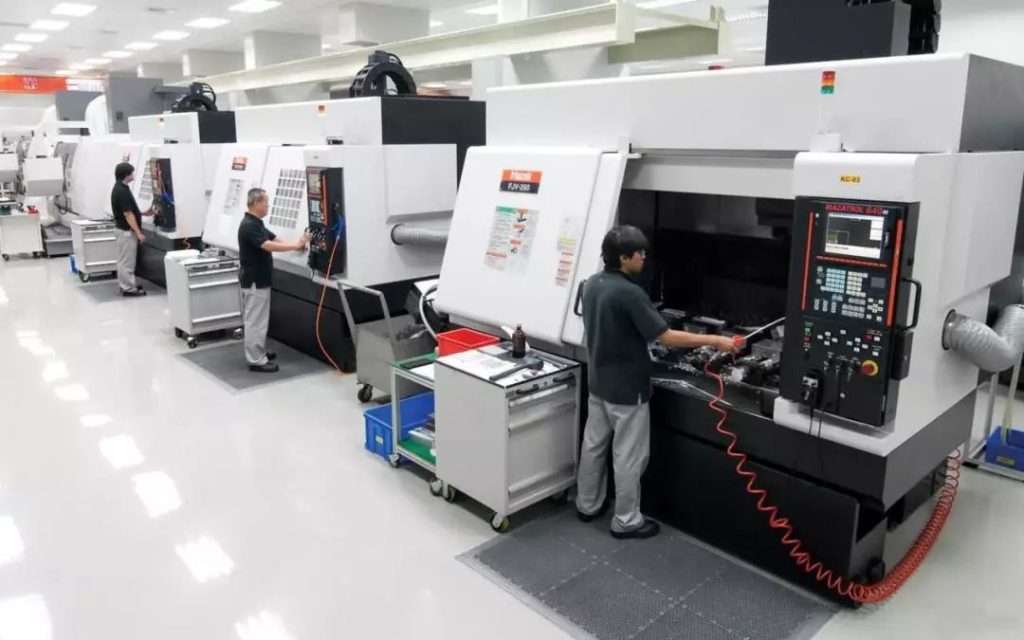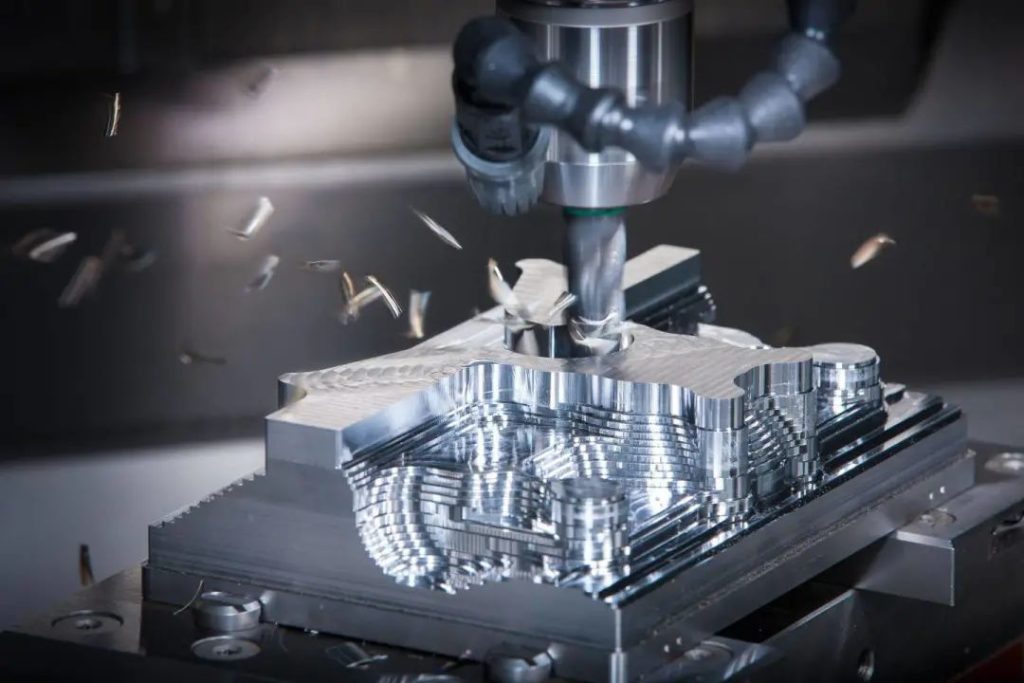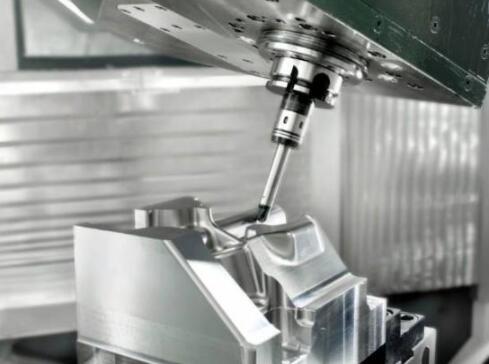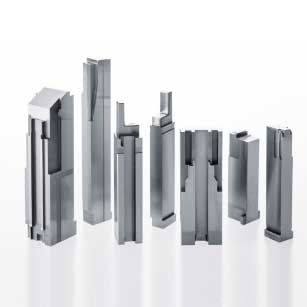The semiconductor industry follows the industrial law of "one generation technology, one generation process and one generation equipment", and semiconductor equipment is the bottleneck and key to continue the industry's "Moore's Law". Precision parts of semiconductor equipment can be said to be the support of the semiconductor equipment industry and the direct guarantee of the core technology of semiconductor equipment.
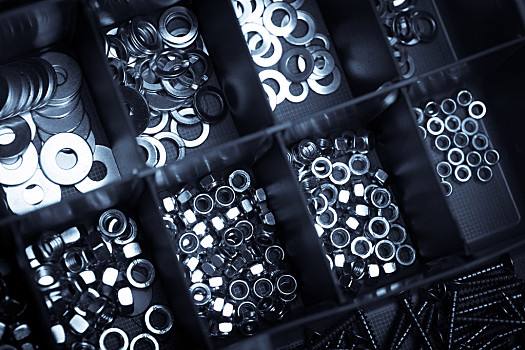
Semiconductor parts
Semiconductor parts refer to the parts that meet the requirements of semiconductor equipment and technology in terms of material, structure, process, quality, accuracy, reliability and stability.
Semiconductor equipment manufacturers often operate for the light asset model, and most of their key core technologies need to be materialized on precision parts or realized with precision parts as the carrier. The upgrading and iteration of semiconductor equipment largely depends on the technical breakthrough of precision parts. Therefore, semiconductor precision parts are not only one of the most difficult and highly technical links in semiconductor equipment manufacturing, but also one of the "choke points" of domestic semiconductor equipment enterprises.
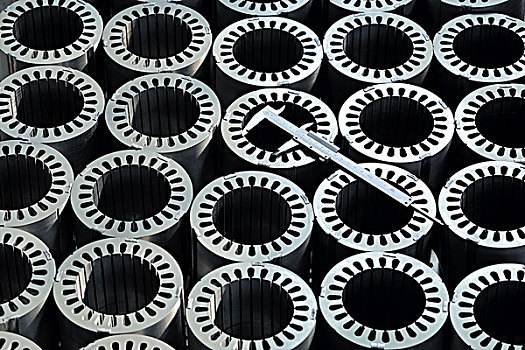
Semiconductor equipment parts industry chain
Semiconductor equipment parts are in the upstream position in the semiconductor industry chain, and the downstream includes semiconductor equipment manufacturers and wafer factories. Semiconductor equipment manufacturers will not only purchase some components with low integration, but also purchase semiconductor equipment modules and systems integrated by components for the production of semiconductor equipment. The components purchased by global semiconductor manufacturers are usually used as consumables or spare parts.
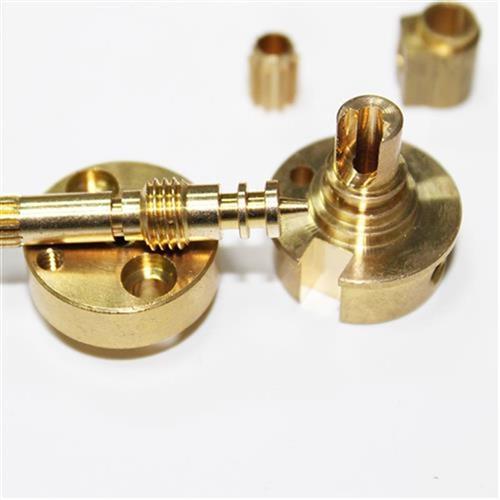
Classification of semiconductor parts
Semiconductor equipment itself has the characteristics of multiple varieties, small batch and customization, and its precision parts have similar characteristics, with thousands of categories subdivided.
According to the mainstream component division method in the industry, semiconductor components can be divided into mechanical, electrical, electromechanical, gas/liquid/vacuum system, instrument, optical and other components.
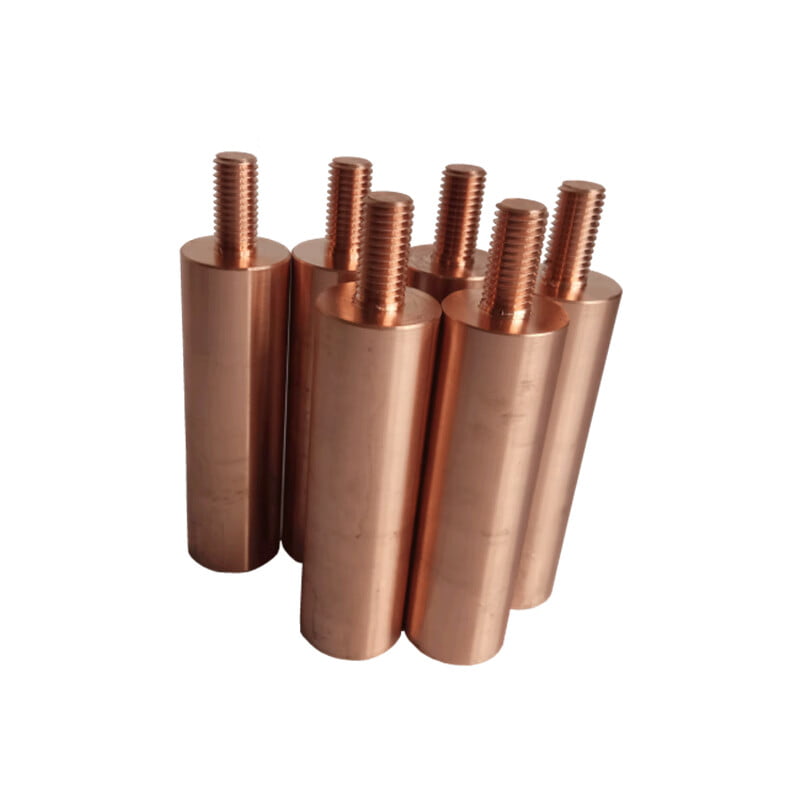
market size
In recent years, the global semiconductor equipment market has been expanding. According to SEMI statistics, from 2011 to 2021, the size of the global semiconductor equipment market will increase from 43.53 billion dollars to 102.64 billion dollars, with an expected year-on-year growth of 14.7% in 2022, reaching 117.57 billion dollars. At the same time, the growth rate of semiconductor equipment market size in Chinese Mainland is higher than that in the global market, and its share in the global semiconductor equipment market shows a significant upward trend, from $3.65 billion in 2011 to $29.62 billion in 2021.
The overall competition pattern of semiconductor equipment parts is scattered. There are many categories of semiconductor parts and components, and there are differences and technical barriers between each segment. Most semiconductor equipment parts and components manufacturers focus on specific processes or products, showing the characteristics of "small and refined". Therefore, in general, the competition pattern of the entire semiconductor parts industry is relatively scattered. According to VLSI Research data, the market share of the top ten suppliers is about 50%.
The semiconductor equipment itself has a complex structure and requires high processing accuracy, consistency and stability, which leads to complicated manufacturing processes and technical difficulties for precision parts. Most enterprises in the industry only focus on individual production processes or specific precision parts.
Horizontal expansion is carried out through mergers and acquisitions. At present, the leading suppliers in most subdivided industries are Japanese and American enterprises. In recent years, domestic manufacturers have caught up with each other and gradually realized domestic substitution in some subdivided fields.
Recently, the United States has increased its restrictions on the domestic chip industry, forcing domestic fabs to accelerate the verification and import of domestic equipment, materials and parts. The localization of upstream semiconductor links will continue to accelerate.
The semiconductor industry follows the industrial law of "one generation technology, one generation process and one generation equipment", and semiconductor equipment is the bottleneck and key to continue the industry's "Moore's Law". Precision parts of semiconductor equipment can be said to be the support of the semiconductor equipment industry and the direct guarantee of the core technology of semiconductor equipment.
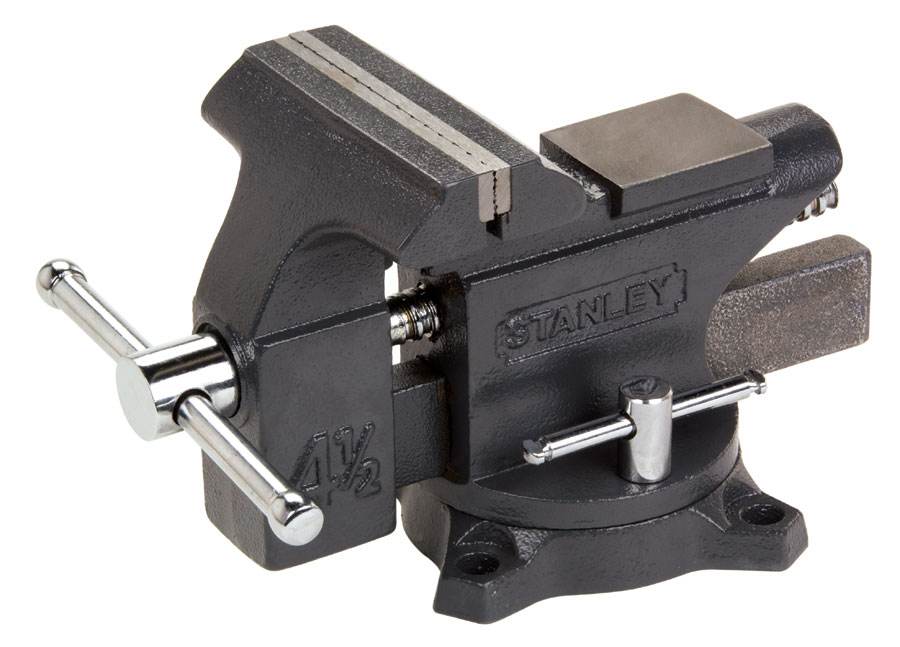
Semiconductor parts
Semiconductor parts refer to the parts that meet the requirements of semiconductor equipment and technology in terms of material, structure, process, quality, accuracy, reliability and stability.
Semiconductor equipment manufacturers often operate for the light asset model, and most of their key core technologies need to be materialized on precision parts or realized with precision parts as the carrier. The upgrading and iteration of semiconductor equipment largely depends on the technical breakthrough of precision parts. Therefore, semiconductor precision parts are not only one of the most difficult and highly technical links in semiconductor equipment manufacturing, but also one of the "choke points" of domestic semiconductor equipment enterprises.
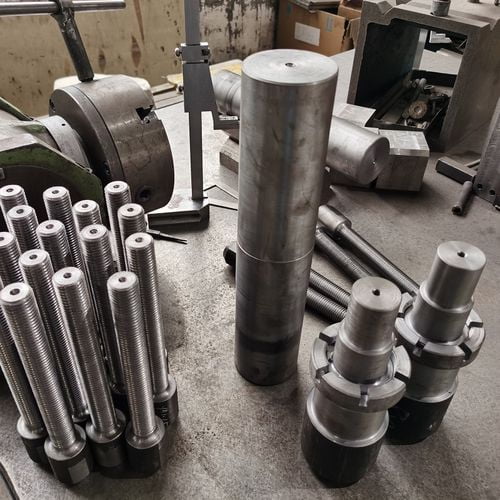
Semiconductor equipment parts industry chain
Semiconductor equipment parts are in the upstream position in the semiconductor industry chain, and the downstream includes semiconductor equipment manufacturers and wafer factories.
Semiconductor equipment manufacturers will not only purchase some components with low integration, but also purchase semiconductor equipment modules and systems integrated by components for the production of semiconductor equipment; Parts purchased by global semiconductor manufacturers are usually used as consumables or spare parts.
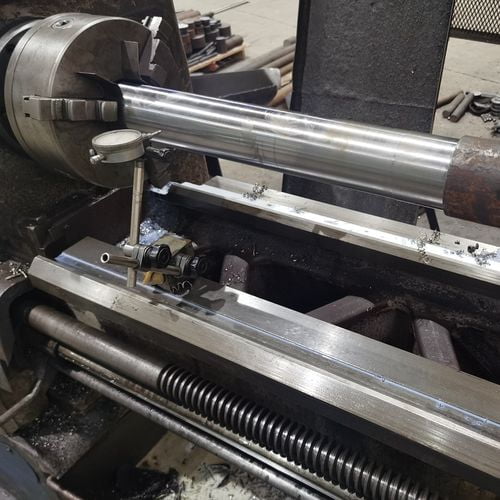
Classification of semiconductor parts
Semiconductor equipment itself has the characteristics of multiple varieties, small batch and customization, and its precision parts have similar characteristics, with thousands of categories subdivided.
According to the mainstream component division method in the industry, semiconductor components can be divided into mechanical, electrical, electromechanical, gas/liquid/vacuum system, instrument, optical and other components.
In 2020, China's wafer fabs will purchase more than US $1 billion of leading equipment parts. The domestic production lines of overseas manufacturers are excluded, and the procurement amount of domestic wafer factories in China is about 430 million dollars. Equipment parts purchased by Chinese wafer fabs mainly include quartz, RF generator, pumps, etc., accounting for ≥ 10% of the purchase amount of parts respectively. In addition, the procurement of various valves, suction cups, shower heads of reaction chambers, edge rings and other parts accounted for a high proportion.
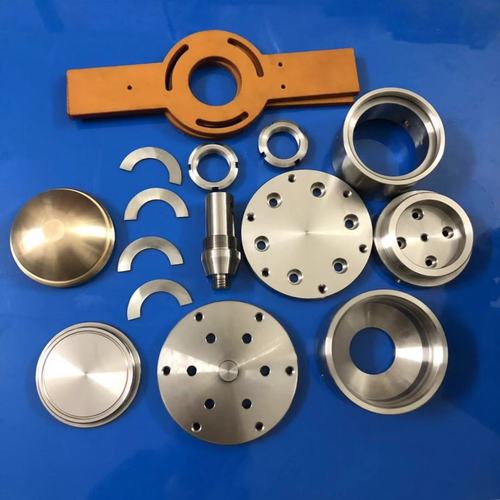
Market competition pattern
Overseas giants monopolize the market, and the domestic rate of semiconductor equipment parts is low
In 2020, among the top 10 global semiconductor parts suppliers, ZEISS ZEISS (optical lens), MKS instruments (MFC, RF power supply, vacuum products), Edwards (vacuum pump), Advanced Energy (RF power supply), Horiba (MFC), VAT (vacuum valve), Ichor (modular gas delivery system and other components), Ultra Clean Tech (sealing system), ASML (optical components) and EBARA (dry pump).
The overall competition pattern of semiconductor equipment parts is scattered. There are many categories of semiconductor parts and components, and there are differences and technical barriers between each segment. Most semiconductor equipment parts and components manufacturers focus on specific processes or products, showing the characteristics of "small and refined". Therefore, in general, the competition pattern of the entire semiconductor parts industry is relatively scattered. According to VLSI Research data, the market share of the top ten suppliers is about 50%.
The semiconductor equipment itself has a complex structure and requires high processing accuracy, consistency and stability, which leads to complicated manufacturing processes and technical difficulties for precision parts. Most enterprises in the industry only focus on individual production processes or specific precision parts.
Horizontal expansion is carried out through mergers and acquisitions. At present, the leading suppliers in most subdivided industries are Japanese and American enterprises. In recent years, domestic manufacturers have caught up with each other and gradually realized domestic substitution in some subdivided fields.

Summary
At present, the gap between domestic semiconductor parts manufacturers and overseas manufacturers is still very obvious, but the overall trend is upward. With the continuous transfer of semiconductor industry to the Chinese Mainland, domestic semiconductor equipment parts manufacturers are facing new opportunities.

